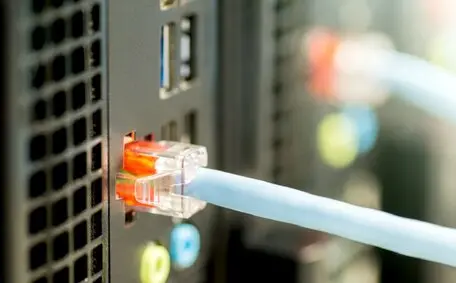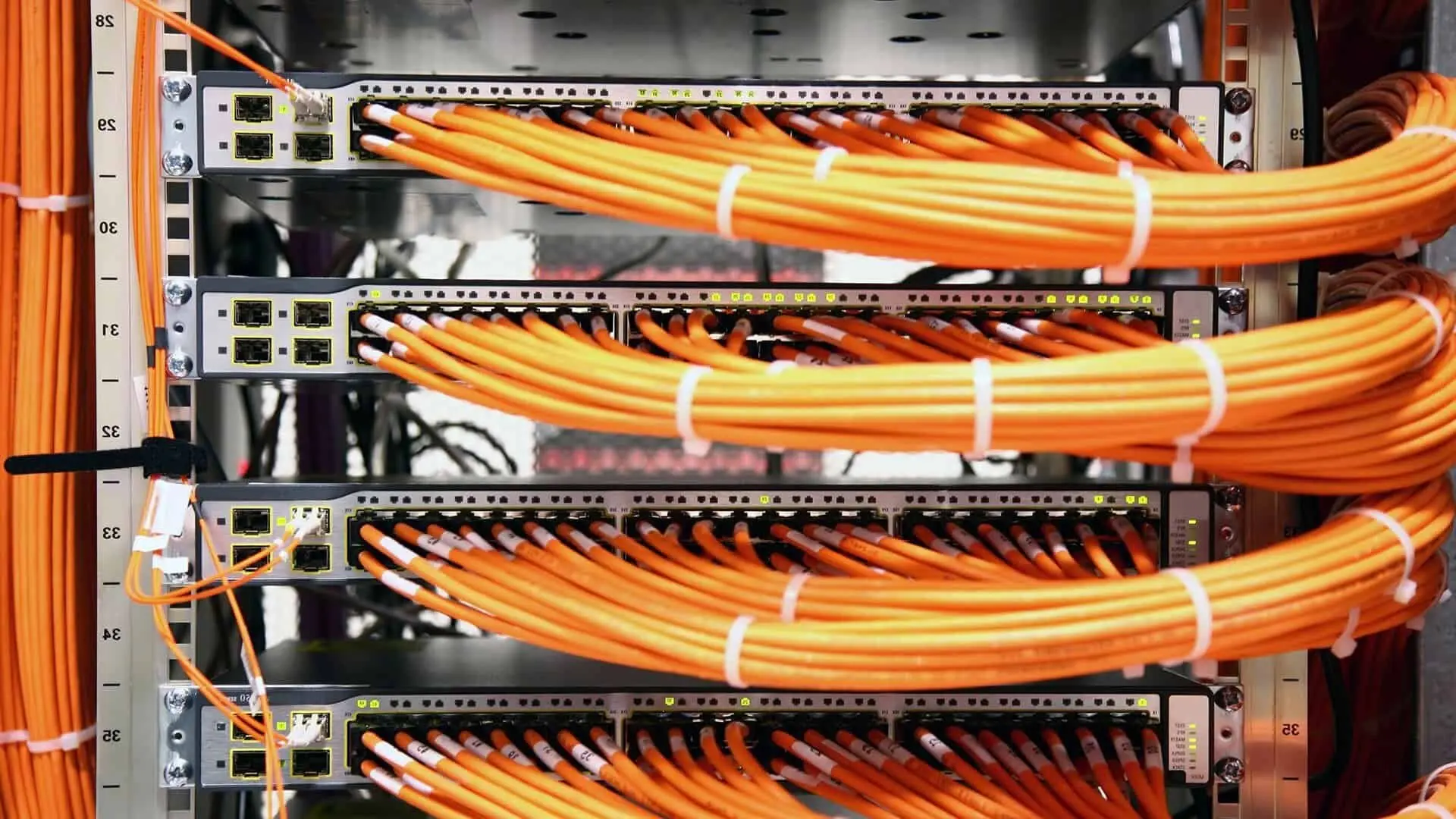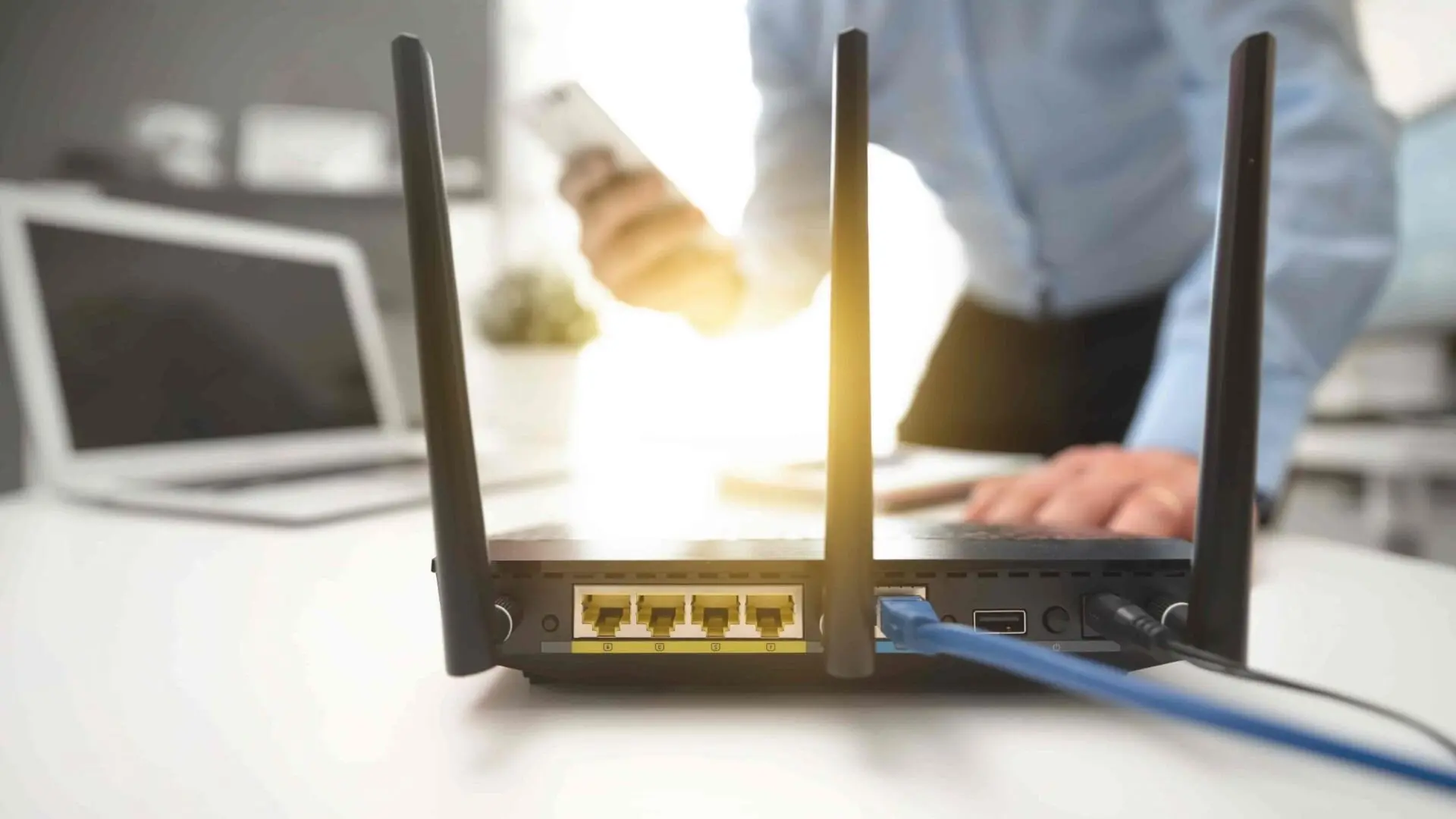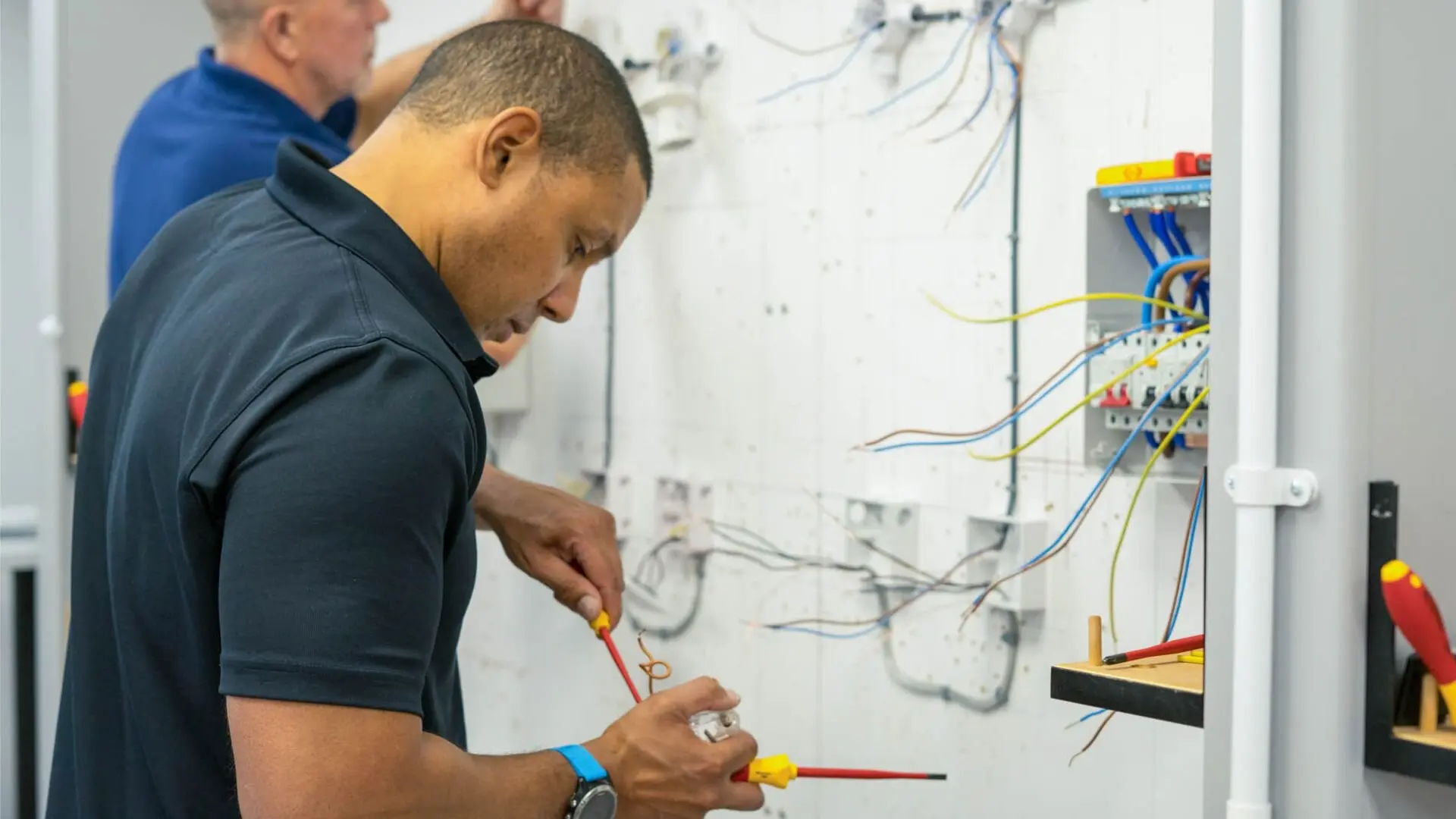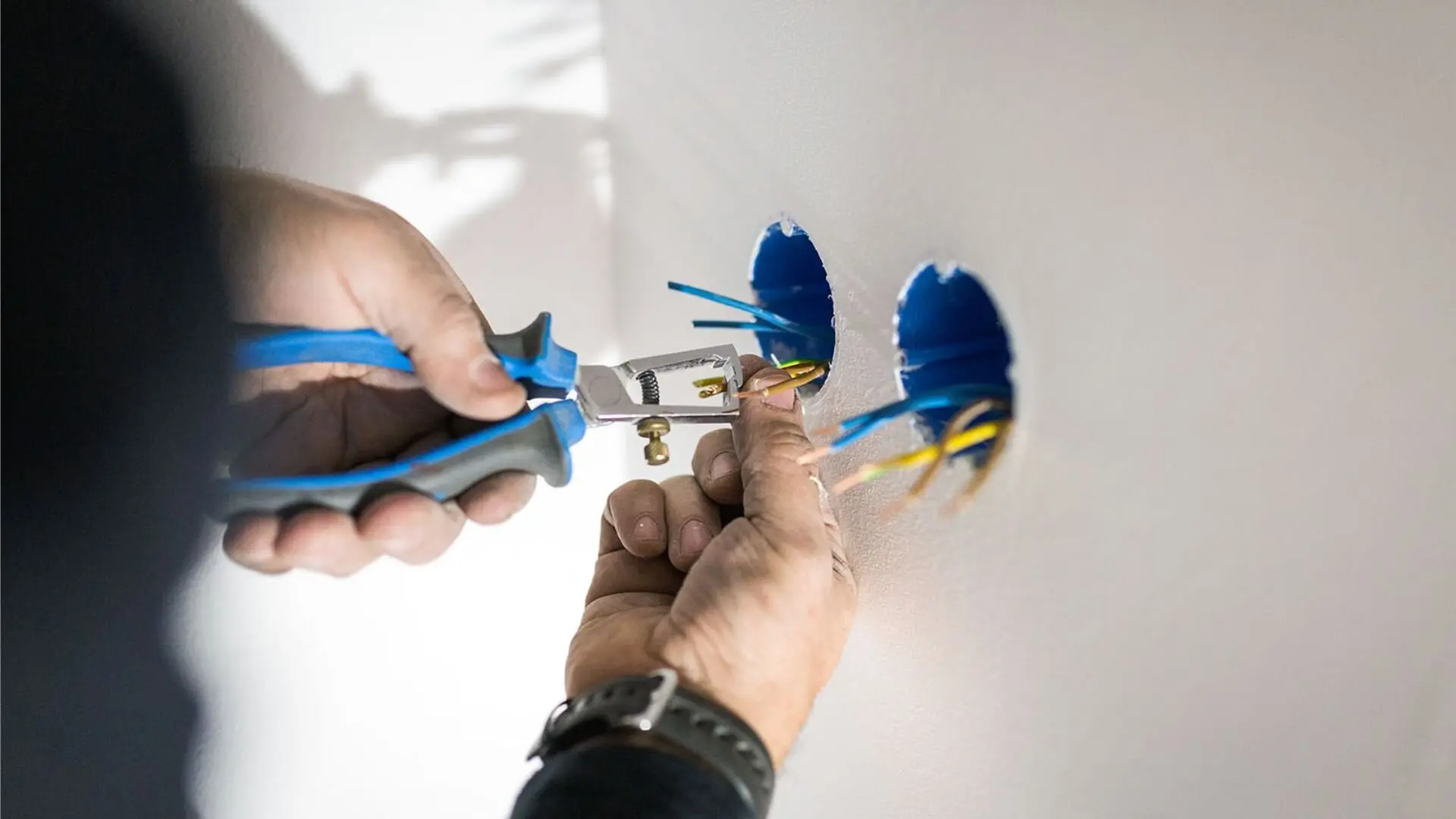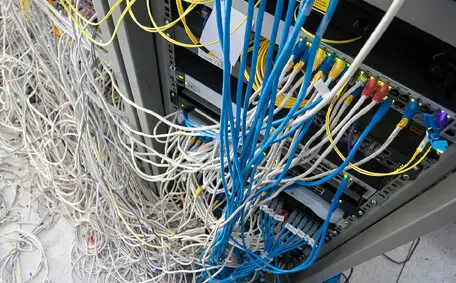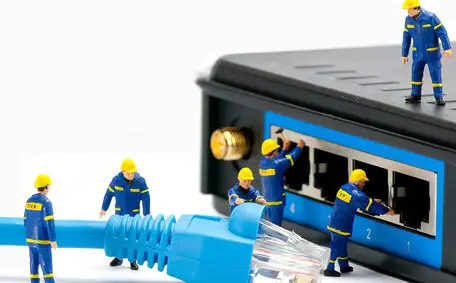Whether you’re a homeowner looking to improve your home network or a business owner aiming to enhance your company’s infrastructure, delving into the world of data points and Cabling is vital. Understanding data connectivity’s intricacies is crucial in optimising your network’s performance and efficiency. Today, we’ll take you on an informative journey that demystifies data points and cabling, providing essential knowledge tailored for beginners.
Together, we’ll explore the fundamental concepts of data connectivity and Cabling, empowering you with the know-how to make informed decisions and proactively enhance your network infrastructure. So, let’s dive in and equip you with the valuable insights needed to maximise your data connectivity potential. Let the learning begin!
What Are Data Points And Why Are They Important?
![2023 07 Orange Data Cables Orange Data Cables]()
Data points are fundamental components of modern communication and networking systems. They serve as connection ports that enable data transfer between various devices and technologies. Data points are crucial in ensuring seamless communication, whether it’s your computer, smartphone, or smart home devices.
But why are data points important? They provide the foundation for efficient and reliable data transfer within homes and businesses. By correctly installing and strategically placing data points, you can create a robust network infrastructure that supports the smooth flow of information.
Data points play a crucial role for a number of reasons. They make data transfer smooth, letting you access the internet, share files, and keep in touch effortlessly. Think of them as the bridges connecting your gadgets to the wider network.
Moreover, data points back up countless gadgets and technologies, from your computers and laptops to smart TVs and security setups. They ensure all these devices connect seamlessly, letting audio, video, and data signals flow, so you can enjoy a seamless and integrated digital world.
When it comes to businesses, data points are even more crucial. They serve as the backbone of internal networks, bridging departments, fostering teamwork, and smoothing the exchange of information. Reliable data points keep communication clear and productivity high.
Types of Cabling and Their Uses
When it comes to data points, understanding the different types of Cabling and their uses is crucial for building a reliable and efficient network infrastructure. Let’s explore the main types of Cabling commonly used in data networking:
![2023 07 Network Connectivity For Data Cabling Network Connectivity Data Cabling]()
Ethernet Cables
Ethernet cables, such as Cat5e, Cat6, and Cat6a, are the most widely used data networking cables. They are known for their high-speed data transmission capabilities and are suitable for residential and commercial applications.
Ethernet cables are handy for linking computers, routers, switches, and other network gear. They build the backbone for local area networks (LANs), ensuring your devices talk to each other smoothly.
Coaxial Cables
Coaxial cables shine in cable TV setups and internet access via cable modems. They come constructed with a central conductor cushioned by insulation, a shield, and a protective outer layer.
Coaxial cables reliably transmit audio, video, and data signals. They are also suitable for applications such as security camera installations, where long-distance signal transmission is required.
Fibre Optic Cables
Fibre optic cables are renowned for their high bandwidth and long-distance transmission capabilities. They use thin strands of glass or plastic to transmit data through light signals.
Fibre optic cables offer high-speed and reliable communication, making them ideal for applications where high-speed data transfer is critical. They are commonly used in telecommunications, internet backbone networks, data centres, and other environments that require high-performance connectivity.
Setting Up Data Points: Step-by-Step Guide
Setting up data points effectively requires careful planning and attention to detail. Follow this step-by-step guide to ensure a smooth and successful installation:
![2023 07 Installing Network Cabling Installing Network Cabling]()
1. Plan the Network Layout
Begin by mapping out the locations where data points will be installed. Consider factors such as the number of devices to be connected, the layout of your space, and the desired coverage area. This planning stage is crucial for determining the optimal placement of data points.
2. Gather the Necessary Tools and Materials
Before starting the installation, gather all the necessary tools and materials. These may include data cables, wall plates, connectors (such as RJ45 connectors for Ethernet cables), a cable tester, a punch-down tool, and appropriate mounting hardware.
3. Install Wall Plates
Begin by installing wall plates at the selected locations for the data points. Ensure they are securely mounted and positioned correctly for easy access and neat cable management.
4. Run Cabling
Run the data cables from the central network location to each data point. Use cable management techniques like cable trays or conduits to keep the cables organised and protected. Be mindful of any obstacles or potential sources of interference along the cable path.
5. Terminate the Cables
Once the cables are in place, strip the cable jackets and terminate them with the appropriate connectors. Use a punch-down tool for Ethernet cables to remove the wires onto the RJ45 connectors. Double-check the wiring order and ensure proper seating of the wires in the connector.
6. Test the Connections
After the termination, a cable tester will be used to verify the connectivity and integrity of each data point. Test for proper wiring, signal continuity, and potential faults or short circuits. Address any issues before proceeding to the next step.
7. Configure Network Devices
Once all the data points are installed and tested, configure your network devices, such as routers and switches, to recognise and communicate with the connected devices. Follow the manufacturer’s instructions for device configuration and ensure compatibility with your network setup.
Troubleshooting Common Data Points And Cabling Issues
While data points and Cabling provide reliable network infrastructure, occasional issues may arise. Understanding and troubleshooting common data points and cabling issues can help maintain a robust and uninterrupted data network. Here are some common issues and troubleshooting strategies:
![2023 07 Electrician Installing Data Points Electrician Installing Data Points]()
Slow Connections
Finding your network speed sluggish? First, check for bandwidth-heavy apps or background tasks hogging resources. Verify your internet service provider (ISP) delivers the expected speed. If it still lags, think about updating your equipment or bringing in a pro to fine-tune the settings.
Signal Interference
Interference can disrupt data transmission and cause connectivity issues. To minimise the impact of interference, ensure that data cables are routed away from sources of electromagnetic interference, such as power cables, fluorescent lights, and electronic devices. Consider using shielded or fibre optic cables.
Faulty Cables
Damaged or faulty cables can lead to connectivity problems. Inspect your cables for any physical damage, such as cuts, kinks, or frayed ends. Replace any cables that show signs of wear or damage. Additionally, ensure the cables are securely connected at both ends, as loose connections can cause intermittent connectivity issues.
Configuration Errors
Incorrect network device configurations can result in connectivity issues. Double-check the settings on your routers, switches, and other network devices to ensure they are correctly configured for your network setup. Verify that IP addresses, subnet masks, and gateway settings are correctly assigned.
IP Address Conflicts
IP address conflicts occur when two or more devices on the same network have the same IP address. This can cause communication issues and disrupt network connectivity. To resolve this, ensure your network devices are assigned unique IP addresses. Use DHCP (Dynamic Host Configuration Protocol) to automatically assign IP addresses or manually assign static IP addresses to each device.
Packet Loss and Latency
Excessive packet loss or high latency can result in poor network performance. To troubleshoot these issues, run diagnostic tests to identify any network congestion, hardware malfunctions, or configuration problems. Optimise your network settings, upgrade network equipment if necessary, and consider implementing Quality of Service (QoS) mechanisms to prioritise critical data traffic.
If you encounter persistent issues or need professional assistance, contact experienced network technicians. They can diagnose and address complex problems, ensuring the smooth operation of your data network.
Stay Connected With These Expert Tips!
This beginner’s guide has shared vital insights for grasping data points and cabling. By appreciating data points’ importance, understanding cabling types, and knowing how to set up and tackle common hitches, you now hold the knowledge to boost your network’s infrastructure.
Remember, having a well-designed, reliable data network is essential for smooth communication and connection, whether at home or in business. Need expert help with data points and cabling in Sydney? Check out Bright Force Electrical. Their extensive industry experience and commitment to professional, friendly service make them the top choice for all your networking needs.
Bright Force Electrical is ready to assist you if you need help setting up data points, selecting the right cabling solution, or troubleshooting complex network issues. Feel free to request a quote or contact them for a phone call to discuss your specific needs.
